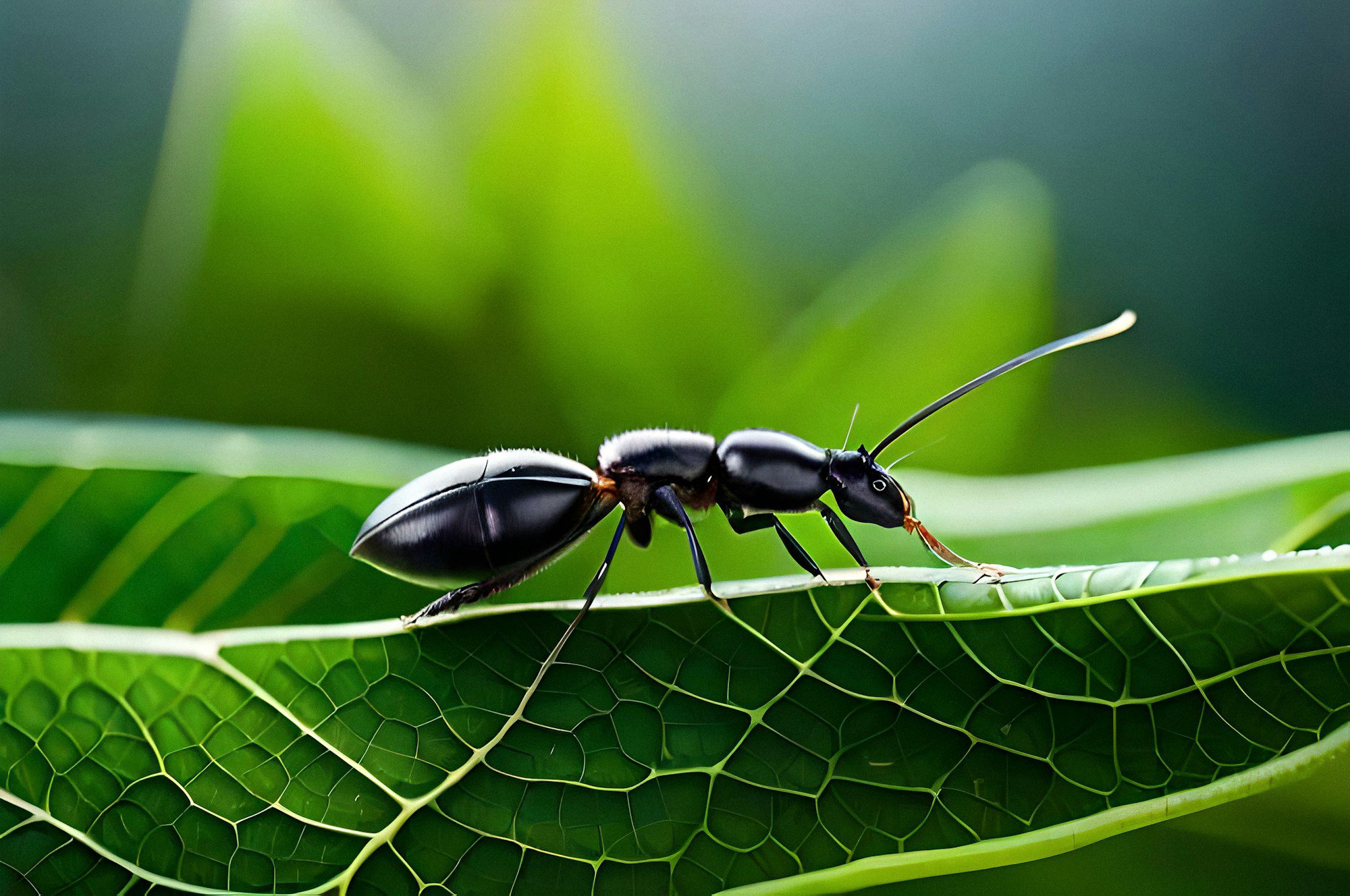
Winged carpenter ants, often mistaken for termites, are a common sight in many homes, especially during the warmer months. These insects not only signal an infestation but can also indicate structural damage to your property. Understanding how to identify these pests and control their population is crucial in maintaining the integrity of your home and avoiding costly repairs down the line.
Identifying Winged Carpenter Ants
Winged carpenter ants are part of the reproductive caste within their colonies, tasked with leaving their nests to start new colonies during mating seasons. Here's how you can distinguish them from other household pests:
- Size and Color: Carpenter ants are larger than most ants, measuring from 6 to 12 mm in length. Their color varies from black to dark brown.
- Wings: Unlike other ant species, winged carpenter ants have two pairs of wings. The front pair is larger than the rear pair, a key feature distinguishing them from termites, which have wings of equal size.
- Body Structure: They possess a narrow waist (the petiole) between the thorax and abdomen, another distinguishing factor from termites that have a more uniform body shape.
Understanding these characteristics is vital in identifying an infestation accurately.
Signs of Infestation
Detecting an infestation early can save you significant time and money. Here are some signs that winged carpenter ants have made your home theirs:
- Sawdust Piles: As they create galleries for their nests inside wood, they leave behind sawdust-like material known as frass.
- Faint Rustling Noises: In quiet times, you might hear soft rustling sounds within walls or wooden structures as they move and work inside.
- Visible Damage to Wood: Over time, wood may appear hollowed out or damaged as they continue to burrow into structures.
Controlling the Infestation
Once identified, controlling a carpenter ant infestation involves several steps:
Eliminate Moisture Sources
Carpenter ants are attracted to moist wood. Repairing leaks and ensuring proper ventilation can make your home less inviting.
Remove Nesting Sites
Trim tree branches away from your house and remove any deadwood or stumps where nests could be established.
Use Bait Stations
Ant baits can be effective in controlling populations if placed in areas where ant activity is noticed but should be used as part of a broader control strategy.
Professional Pest Control Services
Due to the complexity of completely eradicating carpenter ant colonies (especially those within structures), consulting with professional pest control services is often necessary. They can provide more comprehensive solutions like perimeter treatments or targeted interior treatments. Environmental Pest Control provides carpenter ant coverage (plus coverage for 19 other pests and rodents) on our quarterly preventative pest program called the Standard Care Plan.
Preventive Measures
Prevention is always better than cure when it comes to pest control:
- Maintain regular inspections of your property for signs of moisture damage or wood decay.
- Seal cracks and crevices around doors, windows, and other entry points with silicone caulk.
- Store firewood away from your home’s foundation and elevated off the ground.
Conclusion
Identifying and controlling winged carpenter ants requires vigilance and prompt action. By understanding how to recognize these pests and taking decisive steps towards mitigating their presence, homeowners can protect their properties from potential damage. Remember that while DIY methods can offer temporary relief, professional pest control services provide more permanent solutions in managing these invasive insects effectively.





